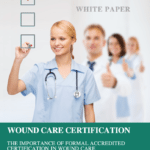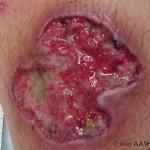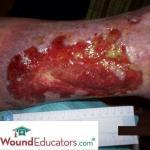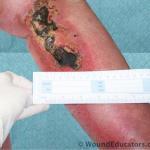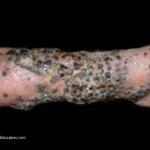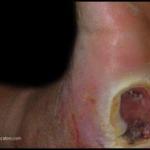Malpractice Lawsuits Due to Improper Wound Care
Wound care has increasingly been recognized as a specialty in recent years, coinciding with the rise in the number of elderly persons living with chronic conditions, such as diabetes and heart disease, that increase the risk of development of wounds, both acute and chronic. As our knowledge and ability to better treat acute and chronic…


